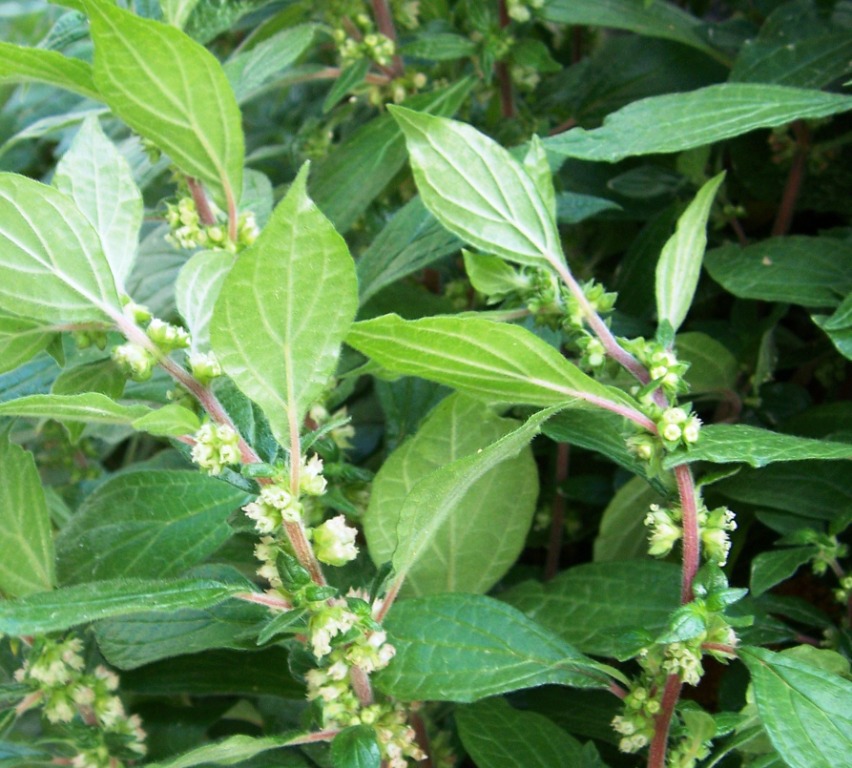|
|
|
|
|
Galleria Tassonomica
di
Natura Mediterraneo
|
 ATTENZIONE! Questo disclaimer è stato aggiornato ATTENZIONE! Questo disclaimer è stato aggiornato
1) Ciascuna discussione tratti una sola specie (avviate una discussione separata per ogni specie che volete trattare).
2) Per richiedere la determinazione è molto importante fotografare (da vicino!) il maggior numero possibile di dettagli, ritraendo da diverse angolazioni fiori (corolla, calice, capolini), foglie, steli, base, ecc… Fate anche una foto complessiva della pianta. Scattare una "bella foto", magari del solo fiore, è inutile per l'identificazione: evitatelo.
3) Inserite i dati geografici (provincia, comune, altimetria), la data e l'ambiente di ritrovamento; per piante molto rare evitate una localizzazione troppo precisa (o tali dati verranno nascosti).
4) Le piante si devono trovare in ambiente naturale; le discussioni su quelle coltivate (in giardini, aiuole, vasi), o contenenti piante recise, o sradicate, verranno rimosse.
5) Per le piante alloctone non naturalizzate, ma coltivate o ritratte in Paesi non dell'area mediterranea si usi la sezione "Piante nel mondo", o le discussioni verranno spostate in essa o rimosse.
6) Per ragioni legali, non è possibile discutere della commestibilità delle piante.
|
|
| Autore |
 Discussione Discussione  |
|
|
Joanna
Utente V.I.P.
  
Città: Aegina
Regione: Greece

350 Messaggi
Tutti i Forum |
 Inserito il - 12 novembre 2009 : 14:58:41 Inserito il - 12 novembre 2009 : 14:58:41


|
Ciao!
I'm trying to distuingish between all kinds of Amaranthaceae, but it is very confusing. Can someone tell me the difference between Amaranthus hybridus and A. retroflexus? They both can be found in Aegina, but I do not know which is which. I will insert some pictures of what I think are Amaranthaceae and hope someone can help me.
The first 2 photos were taken in April, the 3rd in July, the 4th in September and the last one at the beginning of October.
Grazie,
Joanna
Immagine:

234,88 KB
Immagine:

189,82 KB
Immagine:

279,95 KB
Immagine:

218,5 KB
Immagine:

230,62 KB
|
|
|
eliozoo
Utente Senior
   
Città: Roma
Regione: Lazio

2153 Messaggi
Tutti i Forum |
 Inserito il - 12 novembre 2009 : 19:40:21 Inserito il - 12 novembre 2009 : 19:40:21


|
Amaranthus hybridus L. and A. retroflexus L. are included in a very critical group in the genus Amaranthus (I named it "Gr. A. hybridus) (that also includes the following species: A. caudatus L., A. cruentus L., A. powellii S. Watson s.l., A. hypochondriacus L.).
A. retroflexus differs in having the tepals spathulate and longer than the fruits. These are the main diagnostic characters (other is the high hairness of the stem, but this character is no constant).
The other species always are the tepals acute.
For a correct determination, several observations of the flower and friut characters needs. A photos are often no satisfactory.
Regardings your photos:
1) Chenopodium murale (Amaranthaceae);
2) Parietaria judaica (Urticaceae);
3) Amaranthus cfr. viridis L. (Amaranthaceae): a photos of mature fruit is necessary to verify the determination;
4) Group af A. hybridus;
5) Group af A. hybridus;
HI! 
Ciao!  |
 |
|
|
Joanna
Utente V.I.P.
  
Città: Aegina
Regione: Greece

350 Messaggi
Tutti i Forum |
 Inserito il - 13 novembre 2009 : 08:44:26 Inserito il - 13 novembre 2009 : 08:44:26


|
Thank you very much! What would I do without you!!
Joanna |
 |
|
|
eliozoo
Utente Senior
   
Città: Roma
Regione: Lazio

2153 Messaggi
Tutti i Forum |
 Inserito il - 13 novembre 2009 : 19:13:46 Inserito il - 13 novembre 2009 : 19:13:46


|
| Messaggio originario di Joanna:
Thank you very much! What would I do without you!!
Joanna
|
 
Ciao!  |
 |
|
| |
 Discussione Discussione  |
|
|
|
 Natura Mediterraneo Natura Mediterraneo |
© 2003-2024 Natura Mediterraneo |
 |
|
Leps.it | Herp.it | Lynkos.net
|

 Forum
|
Registrati
|
Msg attivi
|
Msg Recenti
|
Msg Pvt
|
Utenti
|
Galleria |
Map |
Forum
|
Registrati
|
Msg attivi
|
Msg Recenti
|
Msg Pvt
|
Utenti
|
Galleria |
Map |